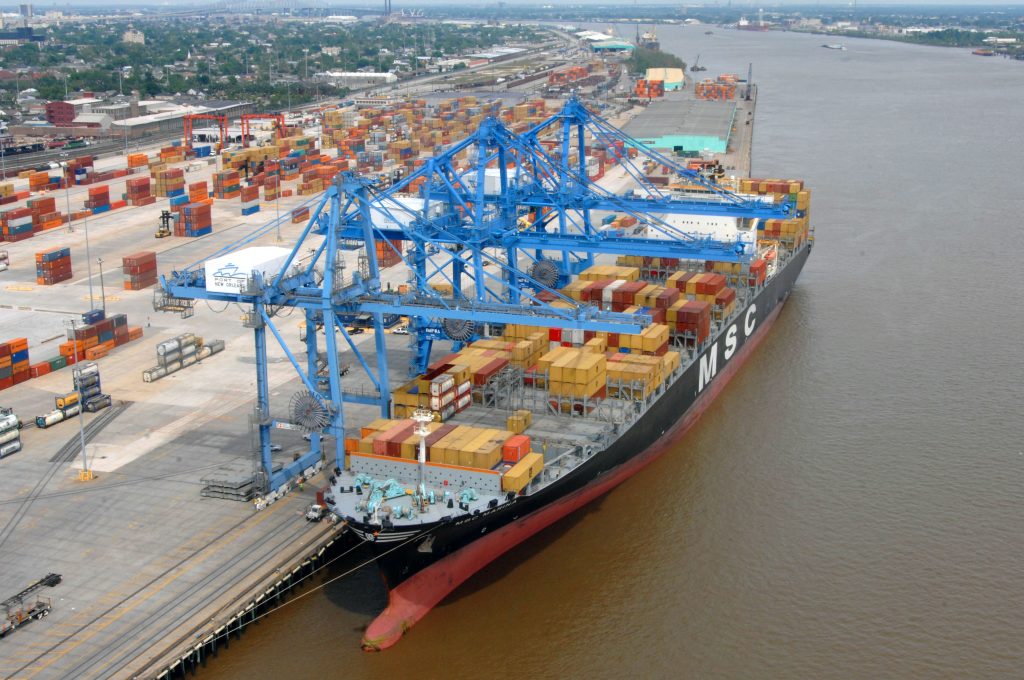From farmers to manufacturers, shippers and countless water associations to all Americans, the Water Infrastructure Improvements for the Nation (WIIN) Act’s benefits promise improvement across several water resource sectors.
The act, which authorizes nearly $10 billion in federal investment, will fund stormwater management projects, initiatives to help develop alternative water supplies to deal with persistent drought and more than 330 port, levee and dam projects.
WIIN benefits our nation at state and local levels. Michigan celebrates the bill’s provision of up to $170 million for Flint and significant funding for Great Lakes harbor maintenance and pollution cleanup. The Great Lakes Restoration Initiative (GLRI) will receive $300 million a year through 2021 to maintain ports and strengthen programs for restoring and protecting fish and wildlife.
In California, where drought has caused 1 million acres of farm land to go fallow, 2,400 private water wells to dry up and 35,000 people to lose jobs, residents are especially grateful for WIIN’s provision of $558 million for drought relief.
WIIN will also greatly improve our nation’s ports. Thanks to input from the American Association of Port Authorities (APA), WIIN modernizes the cost-share depth for navigation construction projects from 45 to 50 feet deep to reflect the growing size of the world vessel fleet, and ensures that Harbor Maintenance Tax (HMT) funding targets will increase by 3 percent over the prior year.
Georgia is excited that WIIN will fund the Savannah Harbor Expansion Project and maintenance fees for Savannah’s and Brunswick’s ports. Florida is also praising the bill’s provision of more than $1.5 billion in funding for state projects including the Central Everglades planning project.
One of the most exciting parts of WIIN from ASCE’s perspective is a new program for dams. The Dam Rehabilitation and Repair Act, thanks to hard work from sponsors Sen. Jack Reed and Sen. Shelley Moore Capito, will establish a federal investment program to allow states and local governments to seek funding for the rehabilitation of high-hazard publicly-owned dams. The federal government will invest $445 million over ten years, providing 65 percent of funding, while states and local jurisdictions will provide 35 percent of matching funds.
WIIN has many benefits that promise growth and improvement throughout the nation. Now that it’s been authorized, the next Congress will need to appropriate the provisions of the bill. Hopefully lawmakers can continue to work together in the new administration to appropriate the necessary funds for our nation’s water resources infrastructure.
